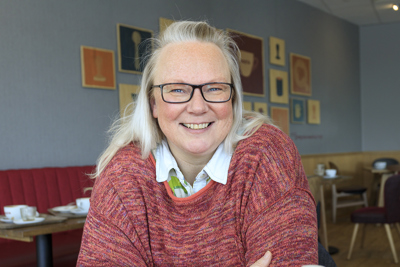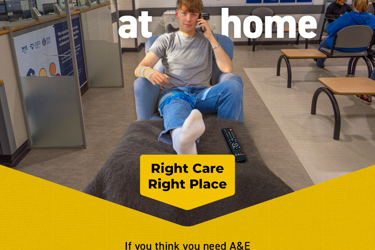
NHS Fife has launched a groundbreaking new initiative intended to improve safety by reducing the unnecessary use of pain medicines and enabling patients to take greater control of how they manage their condition.
‘Pain Talking’ is a new campaign aimed at reducing the unnecessary prescribing of high-risk medicines and promotes the other non-medicinal treatments available to help manage chronic pain.
Chronic or persistent pain is known to affect at least 1 in 5 adults in Scotland although recent evidence suggests that the true figure may be more than a third. The pain experienced can have a significant impact on a person’s quality of life.
High-risk pain medicines (HRPM) are regularly used in the treatment of chronic pain. These medicines include opioids like codeine and morphine, gabapentin and pregabalin which are used in the treatment of nerve pain, anti-inflammatories such as ibuprofen and naproxen and benzodiazepines like diazepam, sometimes used for muscle spasm. Not only do these medicines often come with side effects like drowsiness, constipation and nausea, longer-term use of some of them can also lead to physical dependence and create a greater risk of overdose.
The prescribing of HRPM in Fife has been consistently above the Scottish average in recent years. Some of these medications which are legitimately prescribed are also known to find their way into the hands of others and sold on for illicit use.
Clinical Pharmacist and Programme Director for the Pain Talking strategy, Deborah Steven, said of the initiative: “High-risk medicines have been used widely in the treatment of chronic pain over many years. Some patients find these medicines to be very effective and accept the possible side-effects due to the therapeutic benefits these offer. That’s okay with ongoing monitoring and review.
“There are very many patients though who have remained on these medicines for long periods, in some cases for years, without enough consideration being given to whether these still remain the most effective treatment for the individual person. It is then about us working in partnership with patients, making a thorough assessment and agreeing a way forward which considers the whole range of possible treatments available to them.
“Ultimately, our aim is to improve safety to individuals, and, by reducing unnecessary use of these medicines, avoiding them ending up on the street where we know they can cause drug-related harms and even deaths.”

